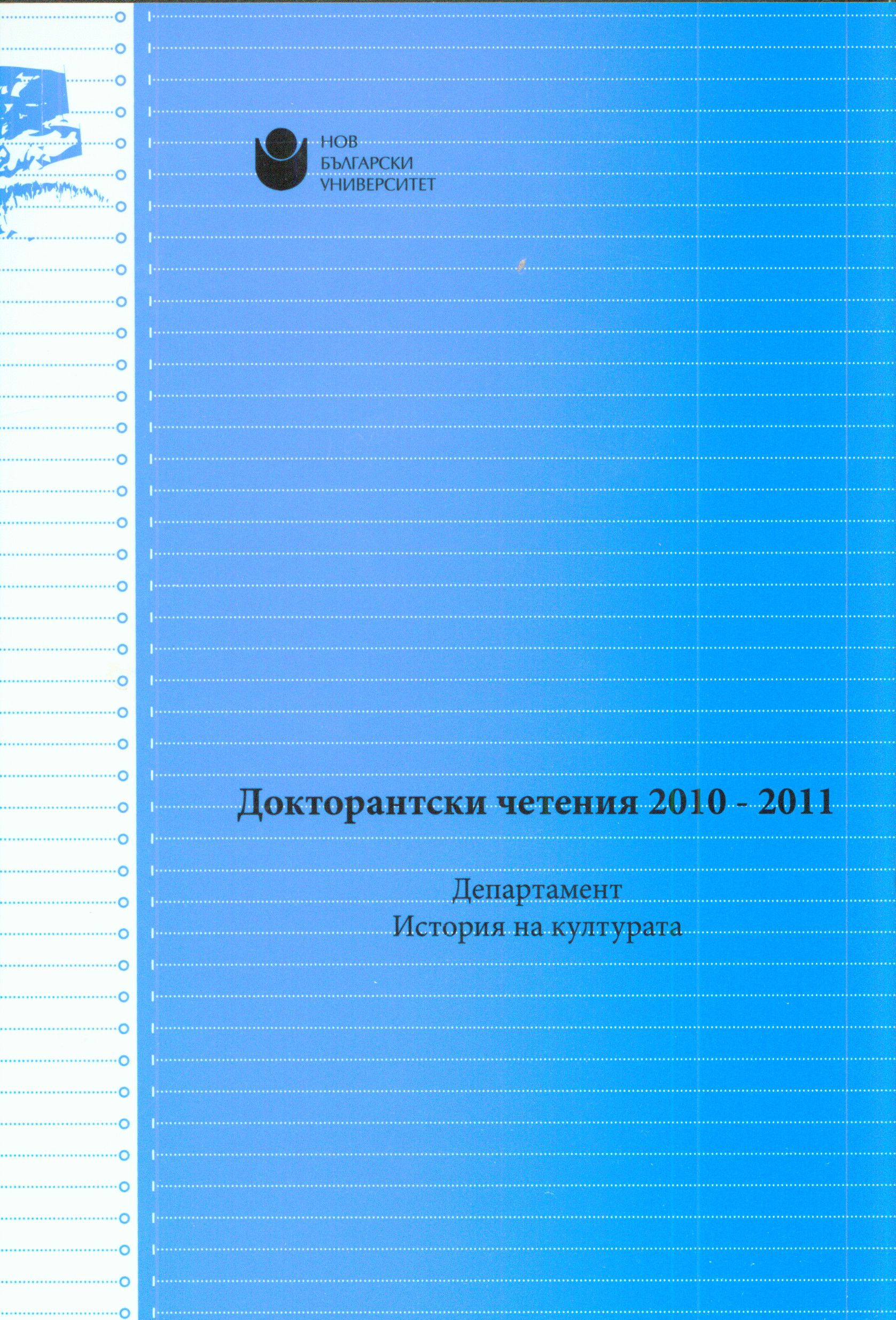Визуални тенденции в триизмерната компютърна анимация
Visual tendencies in 3D computer animation
Author(s): Sevina IvanovaSubject(s): Visual Arts, Film / Cinema / Cinematography
Published by: Нов български университет
Keywords: Bulgarian animation; film production;
Summary/Abstract: The theoretic works on the issues of animation still seem to be quite few. This concerns the world history of animated film production as well as the Bulgarian animation. The changing specifics of animation, in respect of the new technologies, challenge the possibilities of creation of the animated image. The present article discusses the problems of use of different technologies and techniques for creation and re-creation of realistic image in 3D animation.The socio-philosophic base of the discussion of “realism” in the animated image should be searched in the works of Jean Luce Baudrillard, Umberto Есо, Jille Deleuse, Rudolph Arnheim, where the hyper-realistic form of the matter is maintained to act as the truth but as a result the simulation of the truth is perceptible at different levels. Theoreticians of the cinema and animation like Andre Basin and Lev Manovich reveal the issues of truthfulness and likeness to reality in the changing technological surroundings. The extremeness of the issue of the likeness and realistic representation in animation is analyzed in the theory of Masahiro Mori about the “Uncanny Valley”, as he denotes the points where realistic representation replicationg the human falls into categories of aversion and fear as the ordinary human fear from the robots.On the platform of such large diverse ideas about nature of the realistic image and technologies and techniques of representation, the animation practice, here discussed by accentuation on certain examples, manifest the usage of different methods such as 3D animation, rhotoskopy and non-photorealistic rendering, which aims at replication by computer methods the visualization of traditional artistic techniques of classical animation and different styles in painting and graphics. The conclusion is obvious – the developing technologies do give unlimited possibilities for reaching realistic truth and similarity of the created image but at the end it is the author, the artist, who puts the final touch of uniqueness and makes the animation image exceptional.
Journal: Докторантски четения
- Issue Year: 2011
- Issue No: 1
- Page Range: 47-76
- Page Count: 30
- Language: Bulgarian
- Content File-PDF

